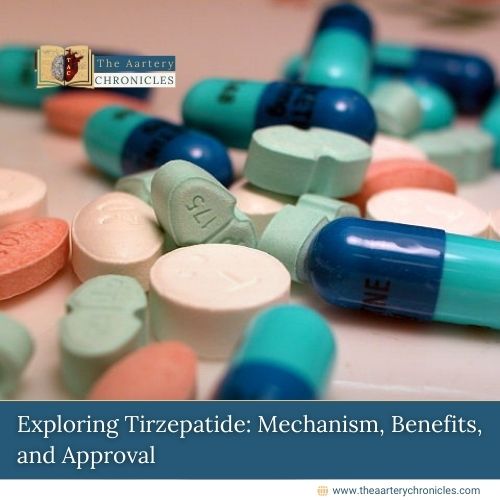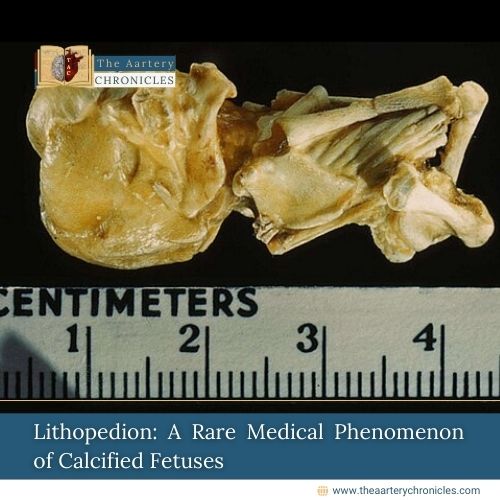

Exploring Tirzepatide: Mechanism, Benefits, and Approval
India has recently given the first approval to Tirzepatide a drug by a pharmaceutical company called Eli Lilly. While India has given initial approval to Tirzepatide, primarily for the treatment of diabetes, it has also been used for weight reduction.
Introduction
Weight loss drugs like Ozempic and Zepbound have recently gained widespread popularity, especially in America and Europe. The Central Drug Standard Control Organisation (CDSCO) has given initial approval for Tirzepatide, the active component in Zepbound and Mounjaro. However, this approval is for treating type 2 diabetes, with the obesity treatment claim still under review.
What is Tirzepatide?
Tirzepatide is an FDA-approved novel medication primarily used for treating type 2 diabetes. It has also been found effective for weight reduction, leading to its off-label use. The drug enhances glycaemic control and promotes weight loss in diabetic patients. Currently, Tirzepatide is used as a second-line treatment for diabetes, similar to GLP-1 drugs.[1]
Mechanism Of Action of Tirzepatide
Tirzepatide is a GLP-1 and GIP dual agonist.
- It increases adiponectin levels and stimulates insulin release from the pancreas, leading to a reduction in hyperglycemia.
- Due to its dual agonism, Tirzepatide significantly decreases hyperglycemia and appetite, providing a feeling of fullness.
For people with obesity, a weekly administration of 5 – 15 mg of Tirzepatide has shown remarkable results in body weight reduction. Analyses have also demonstrated that Tirzepatide improves markers of β-cell function and insulin sensitivity..[1] [2]

Side effects and Misuse of the Tirzepatide
In an earlier study on Tirzepatide funded by Eli Lilly, it was found that gastrointestinal disorders were among the most common side effects:
- One-third of people taking the highest dose experienced nausea.
- One-fifth of people taking the highest dose experienced diarrhoea.
Other side effects included:
- Vomiting
- Constipation
- Dizziness
- Headache [3]
Although the Indian drug regulatory system has approved Tirzepatide for the treatment of type 2 diabetes, concerns have been raised regarding its off-label prescription.
Off-label prescription refers to prescribing a drug for purposes other than what it has been officially approved for.
Trizepatide in India
The drug is expected to be released in the country by the year 2025. Along with that Novo Nordisk has also planned on releasing a weight-reducing drug by 2026 in India. India being the world’s second-highest number of diabetics and obese people the drug is expected to win over the Indian market. Some studies report that approximately 11.4 percent of people in India are diabetics.
Conclusion
According to doctors, these drugs cannot be considered the ultimate solution for weight loss. To maintain their effects, the medications must be continued for a specified longer period. Studies and trials have shown that after stopping the medications, people often regain most of the lost weight, with the average effective weight loss being around 5.6 percent..
All in all, it is important to maintain a healthy lifestyle with a balanced diet, regular exercise, and a proper sleep schedule. Today’s baby steps are important for tomorrow’s long-term goals.

Sanika Pande
- Medicine and Diseases
- Nutrition and Diet
















